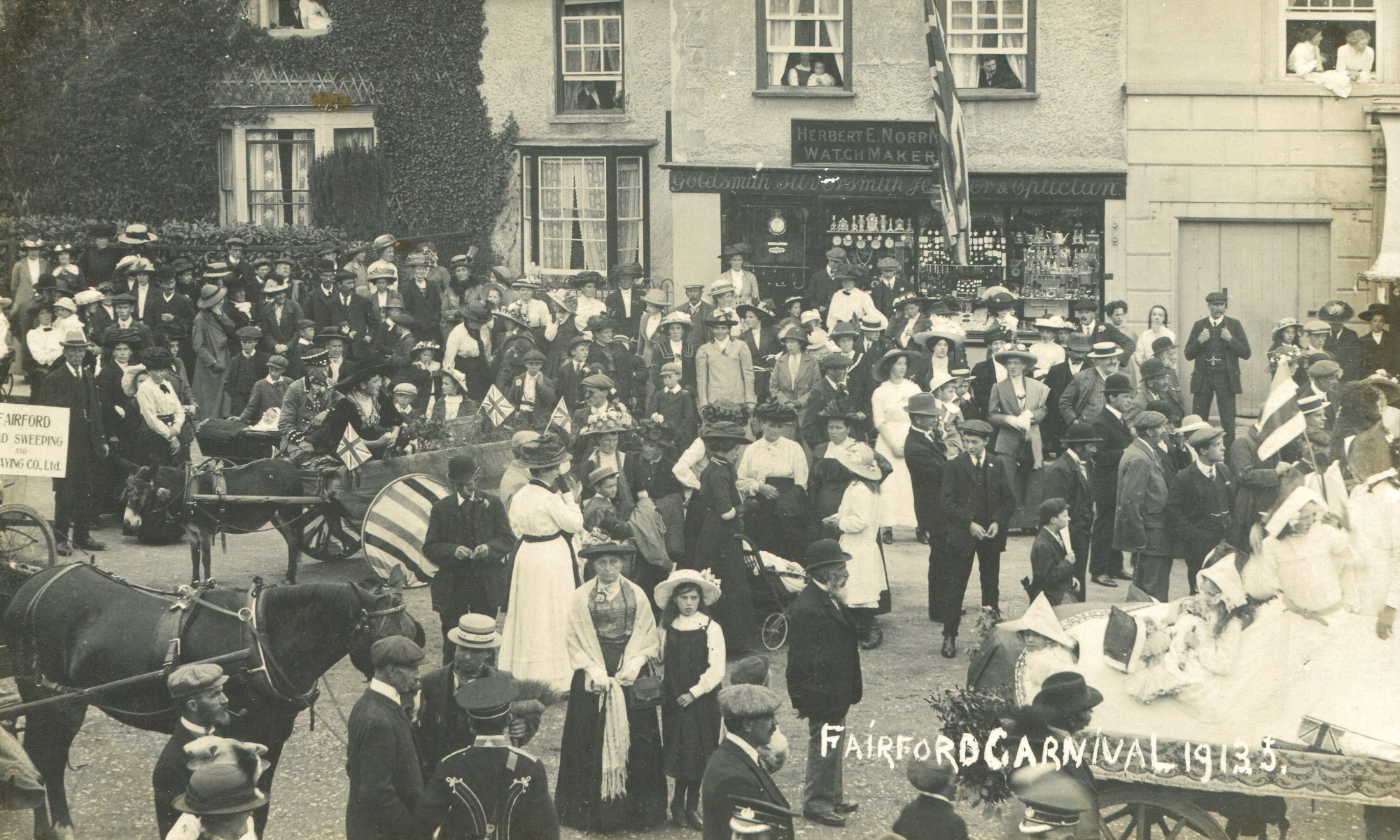
In March Dr Steven Blake took FHS members on a wonderful historical journey along the 102 miles from Chipping Camden to Bath – ‘The Cotswold Way’. The talk, excellently illustrated by slides started with the three prehistoric sites of Belas Knapp, Hetty Pegler’s Tump (was she the owner of the field or a lady of the night?) and Nympsfield Long Barrow. Examples of Iron Age monuments are Crickley Hill fort and Beckbury Hill Fort above Hailes. Dr Blake then moved forward in time through the Romans, (Chedworth and Witcombe), Anglo-Saxons (Winchcombe capital of Winchcombeshire) to the Medieval period illustrated by Manor houses, Abbey sites.
The great changes that affected the landscape were also described, the Reformation, when Hailes Abbey was destroyed by Henry VIII, the Civil War, when Camden Manor, the home of Baptist Hicks was destroyed by the Royalists in retreat, the Glorious Revolution, the Agricultural Revolution, and the Industrial Revolution marked by the industrial mills of the Stroud Valleys.
Famous people connections – Broadway Tower conceived by Capability Brown, and built by architect James Wyatt where William Morris is thought to have the idea for the Society for the Preservation of Ancient Buildings (SPAB), the Tyndale Monument, (William Tyndale translated the Bible into English and was burnt at the stake in 1536), the Hawkesbury Monument, built to Commemorate Lord Robert Somerset in 1846, and Sudeley Castle and its association with Catherine Parr.
This was a thoroughly enjoyable talk and made everyone itch to get on their walking boots and follow in the footsteps of those ‘Pilgrims’ who made their way from the Shrine of St Kenelm at Winchcombe to see the ‘relic of the Holy Blood’ at Hailes Abbey.
